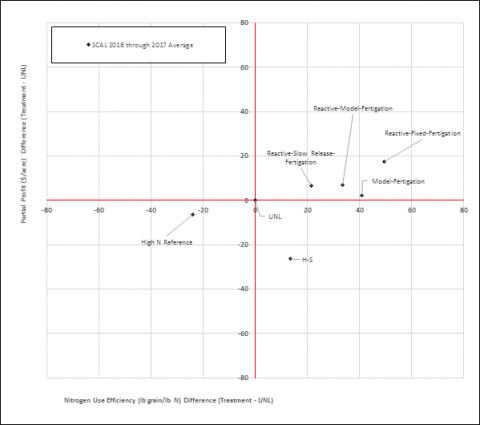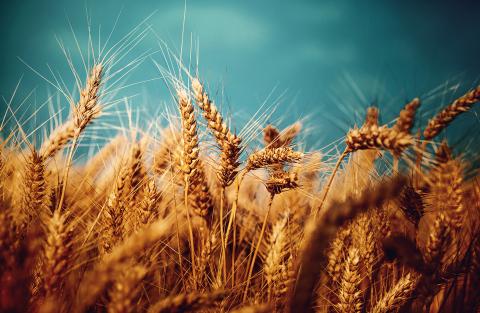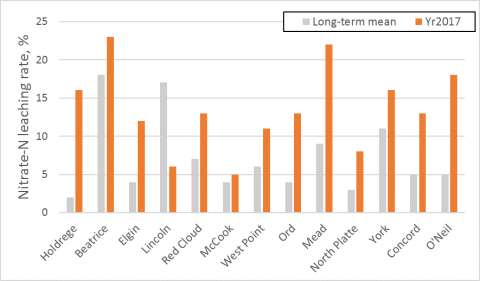
Cover Crop and Crop Residue Management: How Does it Affect Soil Water in the Short and Long Term?
August 13, 2018
How you manage your soil today impacts its productivity tomorrow. This article focuses on how plant residue management and cover crop use affect water infiltration and plant available water.
Crop Residue and High-Carbon Char: Potential Soil Conservation Tools
May 8, 2018
Soil is the single most important resource on which our agriculture depends. Proper soil management is necessary to sustain long-term agricultural productivity. Soil loss through erosion or run-off hurts agricultural production with depletion of organic matter and fertility. It also has environmental implications.
Feasibility of Sensor-Based Nitrogen Fertigation Management in Corn
January 8, 2018
An article from the Proceedings of the 2018 Nebraska Extension Crop Production Clinics on university research testing sensor-based N fertigation treatments.
Nitrogen Fertilizer Stabilizers in Corn
April 19, 2018
Understanding how the three types of nitrogen stabilizers work can be helpful in deciding whether to add one to your spring application. Short- and long-term studies in Nebraska offer insight into how they performed across multiple years. Now, if you only knew how many inches of rain you'd get the first six weeks after application.
Fertilizer Management for Winter Wheat
August 29, 2017
With winter wheat planting drawing near, it's time to collect soil samples and determine fertilizer needs. Use the nitrogen and phosphorus information to guide your strategy.
Risk of Nitrate Leaching Across Nebraska as of May 21, 2017
May 25, 2017
Following heavy spring rains UNL soil scientists model potential loss of nitrate-N to soil leaching, finding an average 14% loss from mid-April levels, with three sites with much higher losses.
You Can Postpone Phosphorus, Potassium, and Zinc Fertilizer Applications When….
February 28, 2017
Soil testing and applying only the soil nutrients needed to produce your yield goal can provide a significant savings in fertilizer costs. Nebraska research shows growers can save as much as $52.12/acre for postponing phosphorus, potassium and zinc applications.
The Long View of Nitrogen Recommendations from Nebraska Extension
January 6, 2017
At the 2017 Crop Production Clinics, the Nebraska Extension Soils Team is presenting a historical overview of how nitrogen recommendations for corn have developed and changed since the 1950s. We are also discussing what may lay ahead for nitrogen management.






